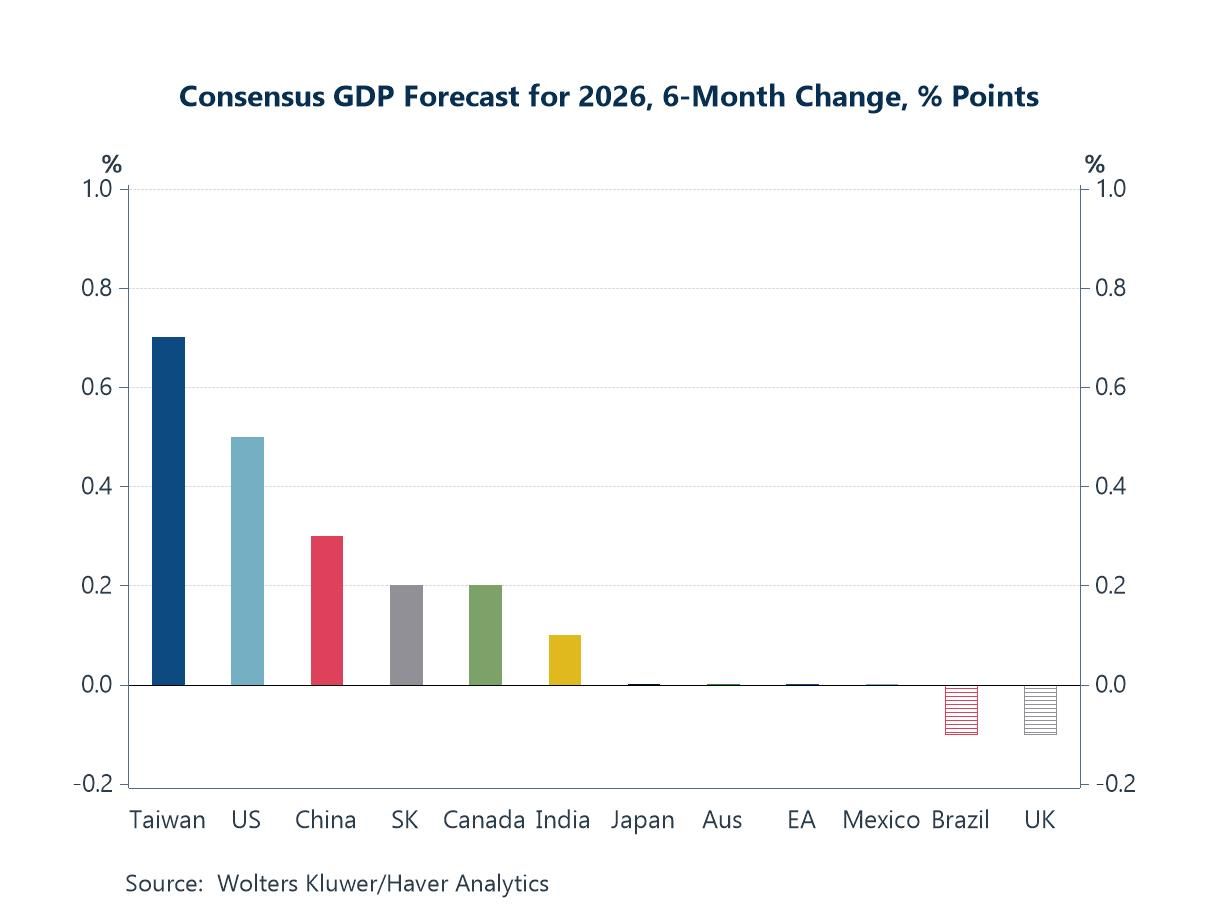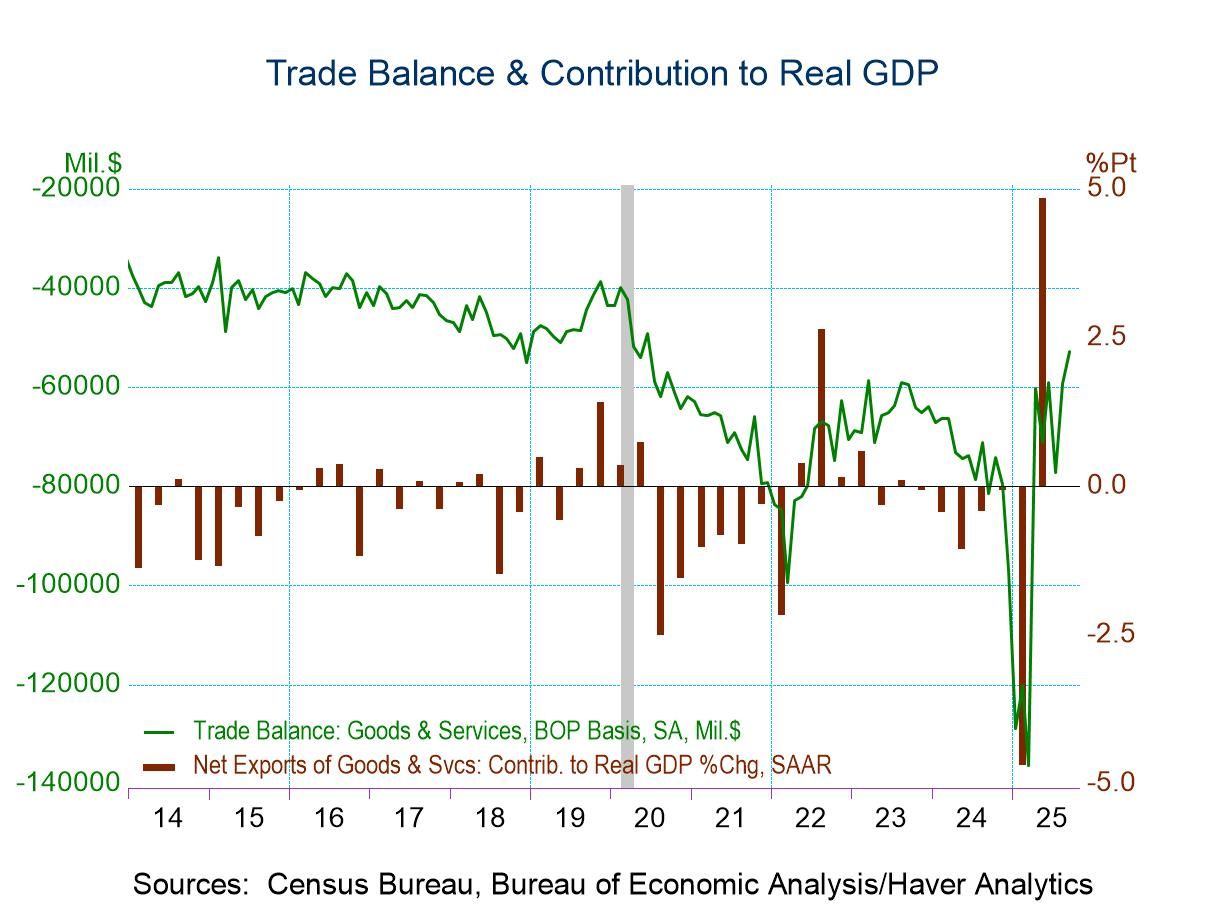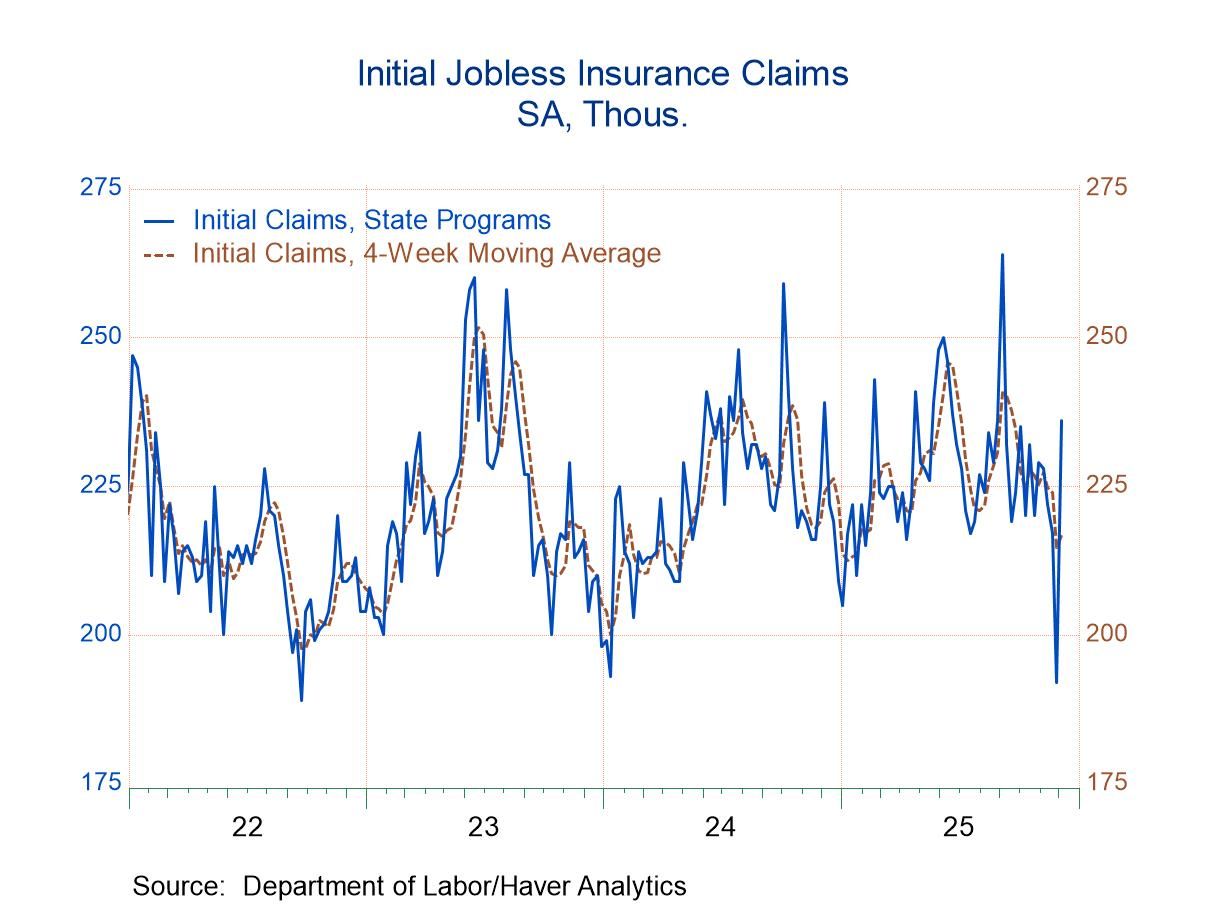Italian Business and Consumer Confidence Show Different Paths

On the month, Italian business and consumer confidence moved in different directions. Consumer confidence moved up to 108.6 in June from 105.1 in May. Business confidence settled back to 100.3 from May’s 101.2. Consumer confidence has been on an upswing in recent months while business confidence has been steadily eroding. Businesses and consumers are reacting to economic conditions in very different ways. For the most part, the consumer confidence survey this month is reasonably firm and better characterized as solid than as weak although it has its soft spots.
Consumer confidence for Italy in June has a 71.1 percentile standing on its queue of data back to the late 1990s. A 71-percentile standing is reasonably firm since the median for the series occurs at a 50-percentile standing. A 71-percentile standing is nearly halfway between neutral and the strongest possible reading, marking it as a very solid overall assessment.
The overall situation for the last 12 months improved sharply in June to a -69 reading from a much weaker -81 in May. The May reading at -81 was close to the mean for that reading on data back to the late 1990s; the move up to a -69 reading brings the standing to a 58-percentile mark, moderately above the median for the series.
Looking ahead to the next 12 months, the overall situation has just about the same standing at a 59.3 percentile standing and it has improved month-to-month slightly to a plus-one reading in June from minus-two in May, a much smaller improvement than the backward-looking assessment month-to-month. Unemployment expectations over the next 12 months have been deteriorating but at a slow pace; the step back month-to-month was to -15 in June from -13 in May. However, the percentile standing is extremely low at the 5.6 percentile mark. Concerns about unemployment are extremely low. The household budget assesses with a 61-percentile standing, having improved smartly to +14 in June from +8 in May, putting it back at its April and March levels. The 61-percentile standing is moderately firm.
Households assess their financial situation over the last 12 months with a 47.9 percentile standing as there was a small improvement to -39 in June from -41 in May. Looking ahead to the next 12 months, the outlook is weaker at a 26.6 percentile standing - this is one of the more troubling readings in the table. Still, the assessment of the financial situation over the next 12 months improved to -10 in June from -15 in May and the June standing of -10 compares to a historic mean of -7. Still, standing near its lowest 25 percentile is somewhat unnerving. But this may also be the result of a tight distribution of values in that neighborhood since the mean is at -7 and a value just 3-points lower drops it to nearly the lower one quarter boundary.
Household savings are evaluated at a 57-percentile standing, currently the month-to-month index retreated slightly to 56 in June from 61 in May. Future savings improved to -7 from -11 to a 99-percentile standing- extremely strong. Increases in high ratings on the ability to save aren't always a good sign because people that are saving are not consuming so this is another potential red flag in this report.
However, the environment for making major purchases currently improved slightly to -38 in June from -41 in May and it has a 46.2 percentile standing, below its historic median for the full period, but the median occurs at the 50-percentile mark, so the June reading is not terribly weak compared to the median just slightly below it.
Businesses saw their assessment fall month-to-month; June slipped to 100.3 in June from 101.2 in May. The percentile standing for the business sentiment index is at its 31.4 percentile, in the lower third of its historic values. This is quite a substantially weaker reading than for the consumer that has a 71.1 percentile standing.

Conditions in Europe are still difficult with the war between Ukraine and Russia waging and new developments involving the Wagner group that are still hard for everyone to digest. Inflation in the euro area where monetary policy is run by the European Central Bank continues to show a reading that is too high; the ECB continues to assert that it will hit its inflation target of 2% and that will keep it on tightening path for some time. Consumers seem less concerned about this while businesses seem to be more concerned about the future: growth, inflation, and interest rates. The consumer confidence reading is importantly insulated by the lack of concern about unemployment.
Robert Brusca
AuthorMore in Author Profile »Robert A. Brusca is Chief Economist of Fact and Opinion Economics, a consulting firm he founded in Manhattan. He has been an economist on Wall Street for over 25 years. He has visited central banking and large institutional clients in over 30 countries in his career as an economist. Mr. Brusca was a Divisional Research Chief at the Federal Reserve Bank of NY (Chief of the International Financial markets Division), a Fed Watcher at Irving Trust and Chief Economist at Nikko Securities International. He is widely quoted and appears in various media. Mr. Brusca holds an MA and Ph.D. in economics from Michigan State University and a BA in Economics from the University of Michigan. His research pursues his strong interests in non aligned policy economics as well as international economics. FAO Economics’ research targets investors to assist them in making better investment decisions in stocks, bonds and in a variety of international assets. The company does not manage money and has no conflicts in giving economic advice.





 Global
Global
